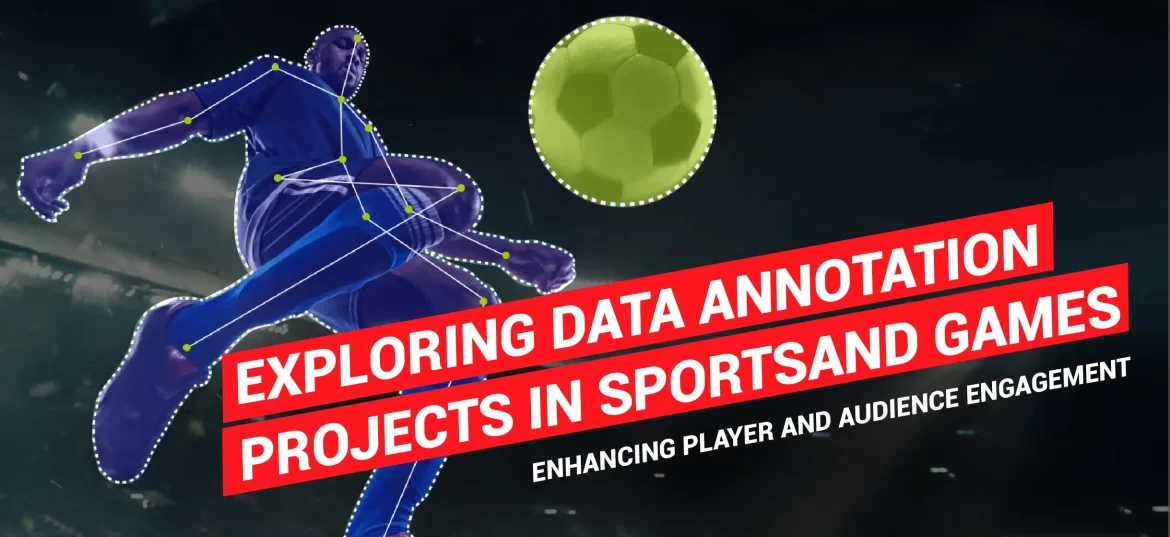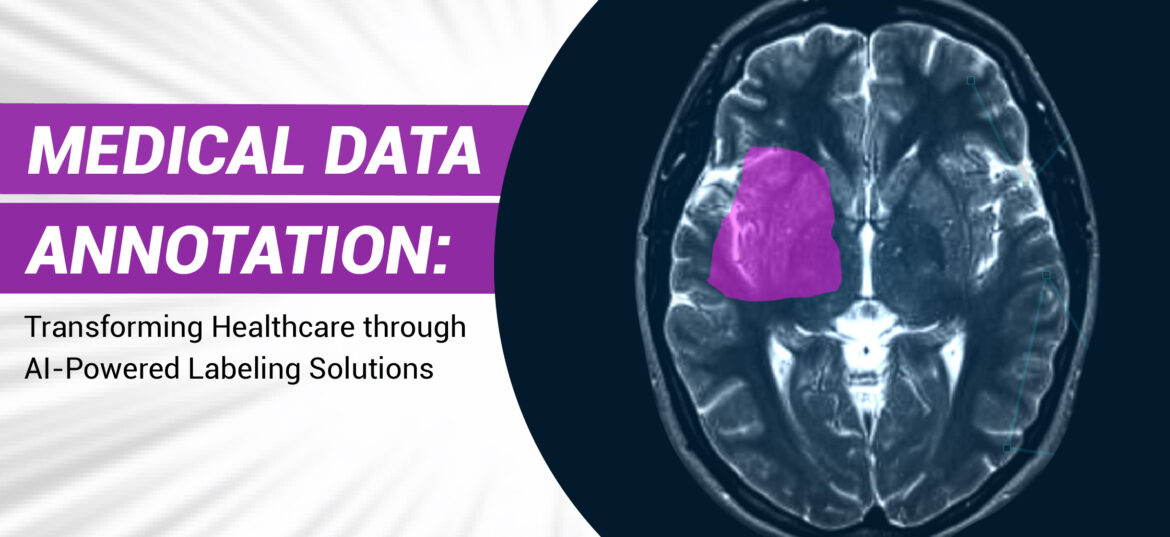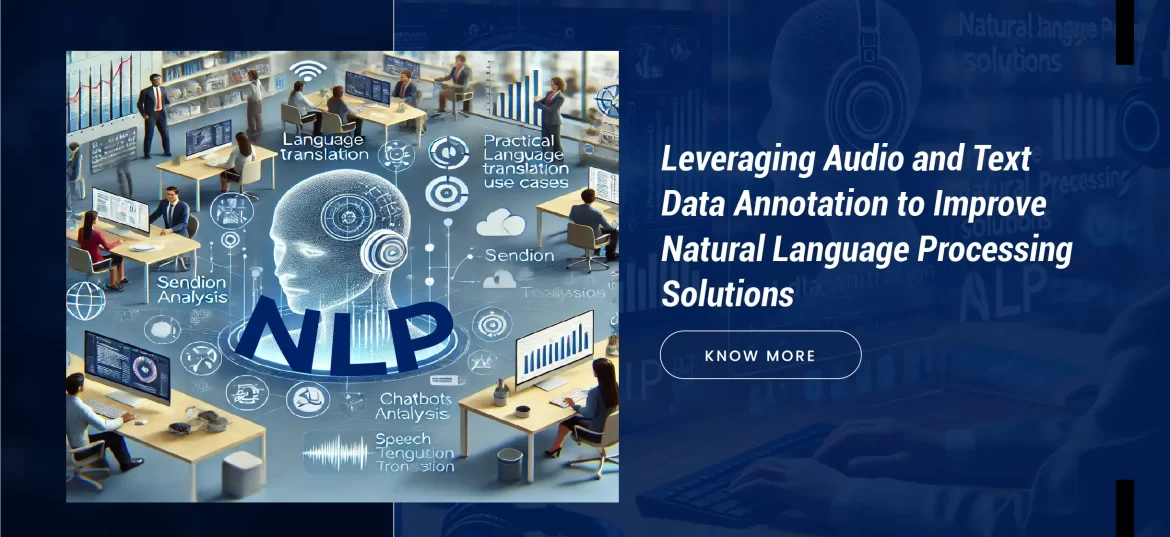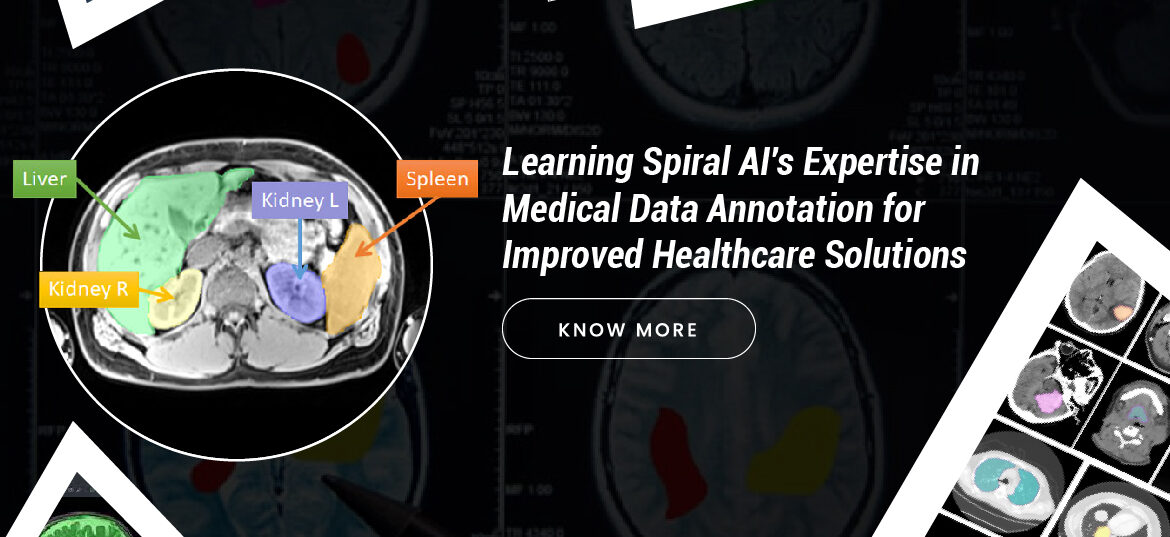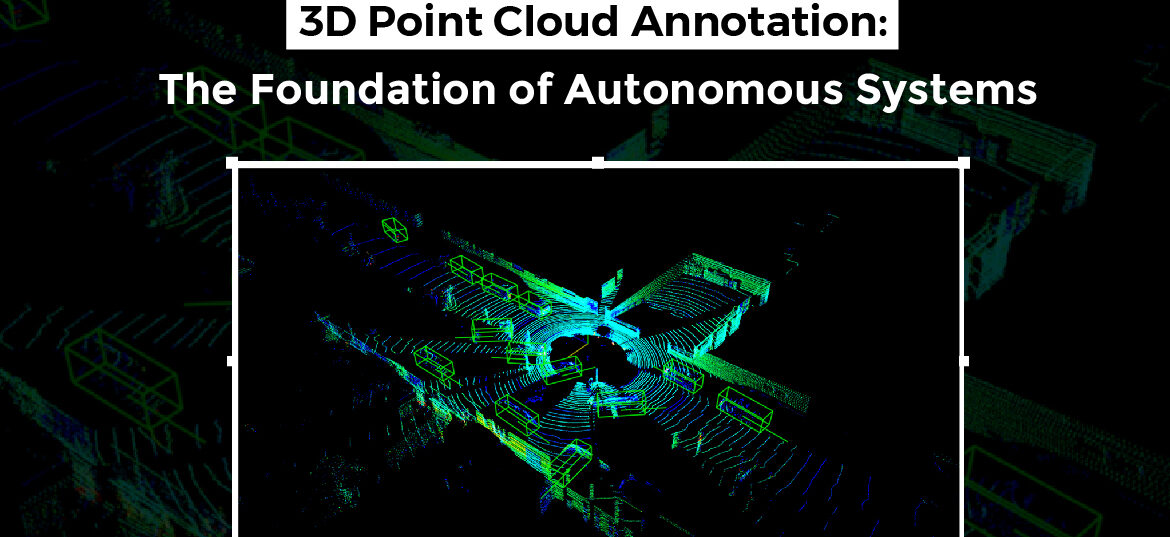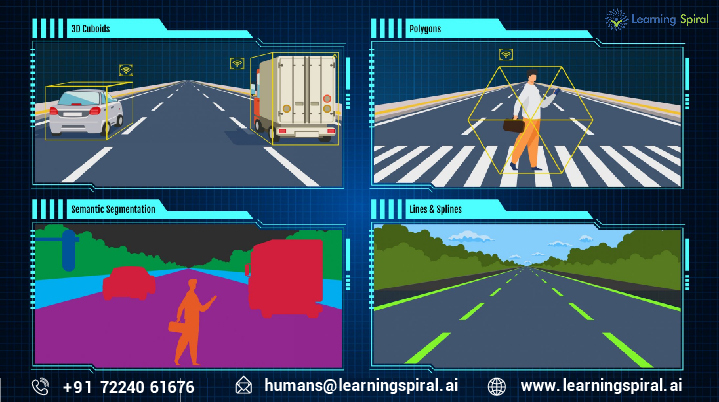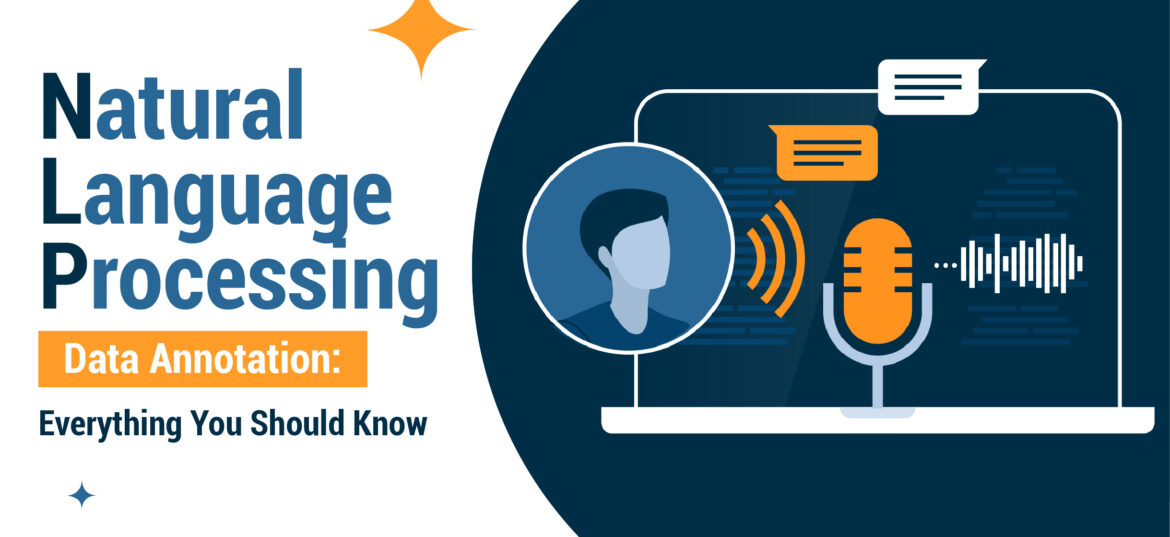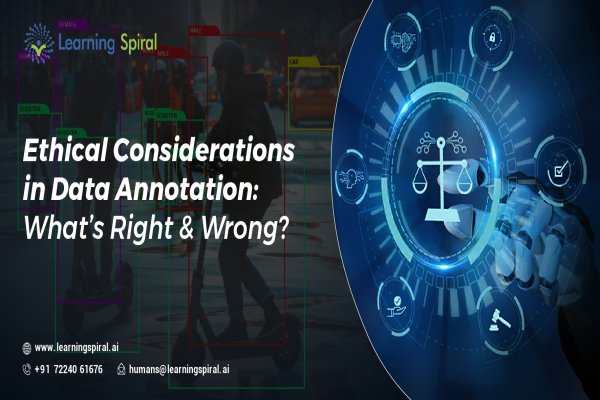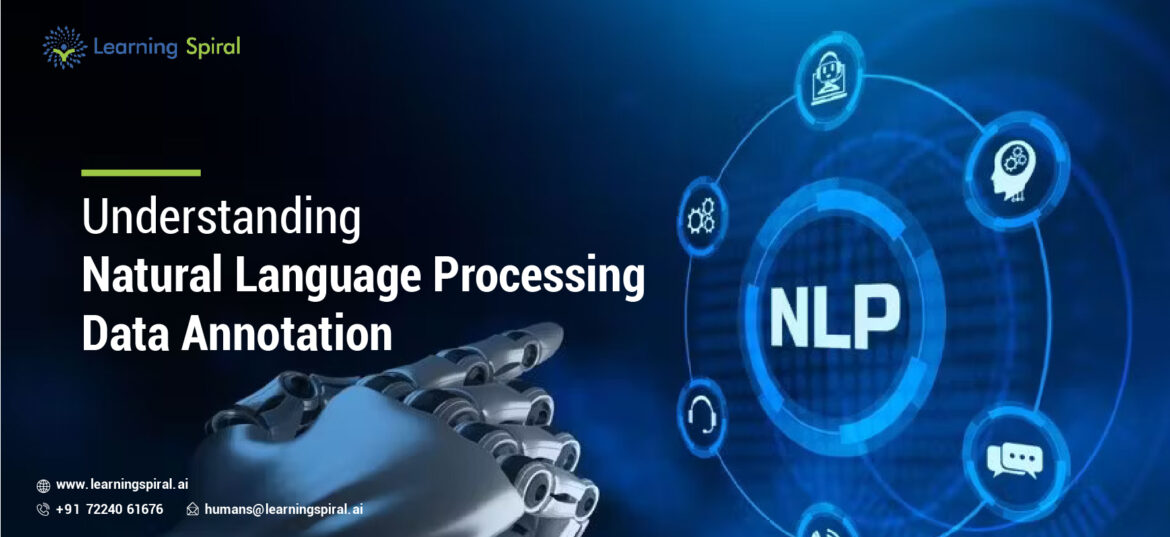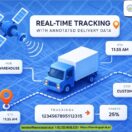In today’s competitive sports and gaming industries, data annotation is revolutionizing how teams, players, and developers achieve success and enhance audience engagement. By leveraging accurate and detailed data annotation, organizations can uncover invaluable insights into player behavior, strategies, and audience preferences. At Learning Spiral AI, we specialize in offering premium data annotation services tailored for the sports […]
In today’s competitive sports and gaming industries, data annotation plays a pivotal role in elevating both player performance and audience engagement. By analyzing massive amounts of data, organizations can uncover insights into player behavior, strategic gameplay, and viewer preferences. At Learning Spiral AI, we specialize in delivering exceptional data annotation services tailored to meet the needs of[…]
The healthcare industry is undergoing a revolutionary transformation with the integration of artificial intelligence (AI) and machine learning. At the heart of this transformation lies medical data annotation, a critical process enabling AI models to assist healthcare providers in delivering more accurate diagnoses and effective treatments. As a leading data annotation company, Learning Spiral AI specializes in[…]
Natural language processing (NLP) is transforming customer interactions in ways that were once unimaginable, and data annotation, particularly in audio and text, is at the core of this shift. At Learning Spiral AI, we specialize in delivering top-notch audio and text annotation services, empowering businesses to build and refine advanced NLP applications. Whether it’s improving voice recognition[…]
In the realm of healthcare, data is the lifeblood that fuels innovation and drives advancements in diagnosis, treatment, and patient care. However, raw data alone is insufficient; it must be transformed into actionable insights through a process known as data annotation. This critical step involves labeling and categorizing medical data, such as images, text, and audio, to[…]
3D point cloud annotation is a critical process in the development of advanced AI systems, particularly those involved in perception and understanding of the real world. It involves labeling and annotating objects within a 3D point cloud, which is a set of data points representing the surface of an object or scene. This data is typically captured[…]
Data annotation, a cornerstone of machine learning and artificial intelligence, has evolved into a critical process for training algorithms to understand and interpret data. This practice involves labeling or tagging raw data with meaningful information, enabling machines to learn patterns and make accurate predictions. Let’s delve into the origins of data annotation and explore its various types.[…]
Natural Language Processing (NLP) is a field of artificial intelligence that focuses on enabling computers to understand, interpret, and generate human language. At the heart of NLP lies the crucial task of data annotation, which involves labeling or tagging raw text data with specific information. This annotated data serves as the foundation for training NLP models, guiding[…]
Data annotation, the process of labeling raw data for machine learning algorithms, is a critical component of artificial intelligence development. While it plays a vital role in training models to perform various tasks, ethical considerations must be carefully addressed to ensure responsible and fair AI. In this article, we will discuss the different parameters of this area.[…]
Natural Language Processing (NLP) is a field of artificial intelligence that focuses on enabling computers to understand, interpret, and generate human language. A crucial component of NLP is data annotation, which involves labeling or tagging raw text data with specific information. This annotated data serves as training material for NLP models, guiding them to learn the nuances[…]


